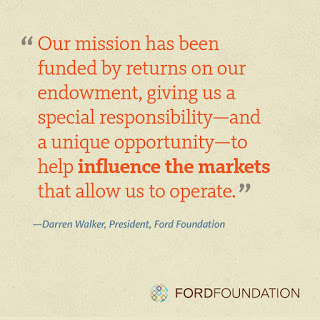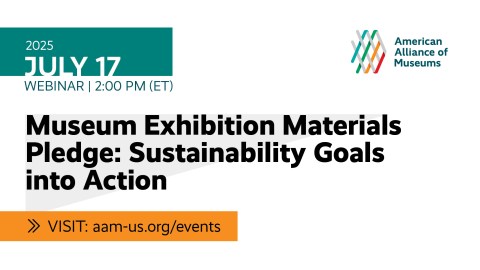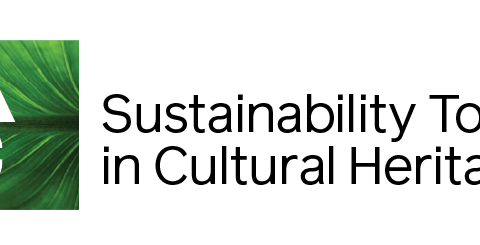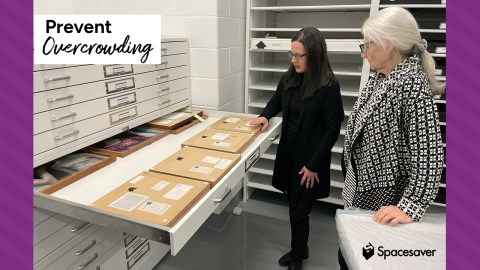
Usually when I attend a conference, I hope to come away with a few good thoughts, maybe a lead on a person or resource I can look up afterwards. Rarely does a conference change the way I see the world.
I attended SxSW last month and one sentence, from one speaker, on one panel, did just that. Here is the line that rang my bell:
“Every time you spend a dollar you are creating the world you live in.”
The speaker was Seth Miller, founder and partner at Fearless Ventures, and I’d gone to the session Investing to Change the World to learn more about the use of private investments to drive social change.
Though I’ve written about the growing tendency of people to parse the ethical implications of everything they do and buy (see “Ethical Everything” in TrendsWatch2015) I hadn’t stepped back to consider the relative value of what I give to good causes versus all my other spending. Even supposing I virtuously decide to tithe, what is the impact of each dollar going to charity compared to the other nine I spend on myself? For example, what’s the impact of my donation to Environmental Defense Fund, compared to that of the money I spend on food, clothing, and transportation? All of those systems have a profound environmental impact.
Which brings me to today’s musing on the news. Last week the Ford Foundation announced it was committing $1 billion to investments that not only “earn attractive financial returns but concrete social returns as well.” Ford and a growing number of other foundations are beginning to realize that every dollar they invest creates the world they live in, and adjust their strategies accordingly.
The traditional financial model for charitable foundations is to manage their investments for maximum financial return, and then measure the good they do through the spending the legally mandated minimum 5% spending rate on their endowment. By adopting impact investing, foundations treat every dollar they manage as a lever to create change. An investment that offers great financial returns may produce results that are “anathema to the values of the foundation itself.” An alternate investment might offer modest financial returns, but create impact that advances the foundation’s mission. Foundations began divesting themselves of actively offensive investments (such as tobacco) some time ago. Through impact investing they actively seek companies that do good for people and the environment, AND offer a financial return. And, as several speakers at SxSW emphasized, investing in positive impact doesn’t have to mean sacrificing financial profits.
I recommend the article to your attention: it provides an overview of some of the legal developments supporting this shift and discusses some of the concerns foundations have (notably the risk of eating into the corpus of the endowment if the fund managers make bad bets).
The author also lists a number of other foundations beginning to experiment with impact investing. Some of these—for example the Kresge Foundation and the Catherine T. MacArthur Foundation–-have historically been generous funders of museums. And this is where you should perk up and take notice. How will museums adapt to a future in which funders focus on the overall impact of their dollars, and actively seek out companies that produce bothmission-related and financial returns?
Speakers in several sessions touched on the desire of foundations to create impact at scale—to make significant progress in solving gnarly problems, rather than simply mitigating harm. One attractive feature of impact investing is that large companies can leverage large, global change. What is the best way to eliminate poverty by 2030? Or meet any of the other United National social development goals for inequality, health, economics and the environment? Many foundations are re-examining their vision of the world they want to live in, and concluding “philanthropy won’t get you there.” Or, like the MacArthur Foundation with its 100&Change competition last year, deciding to make big bets on projects that promise big impact, rather than making many small grants.
As one speaker said, “impact is not a category, it’s a mindset,” one focused on the mantra “is it good for people, is it good for the planet?” And as funders start applying that mindset to managing the bulk of their funds, they will begin to apply it to their grantmaking as well.









